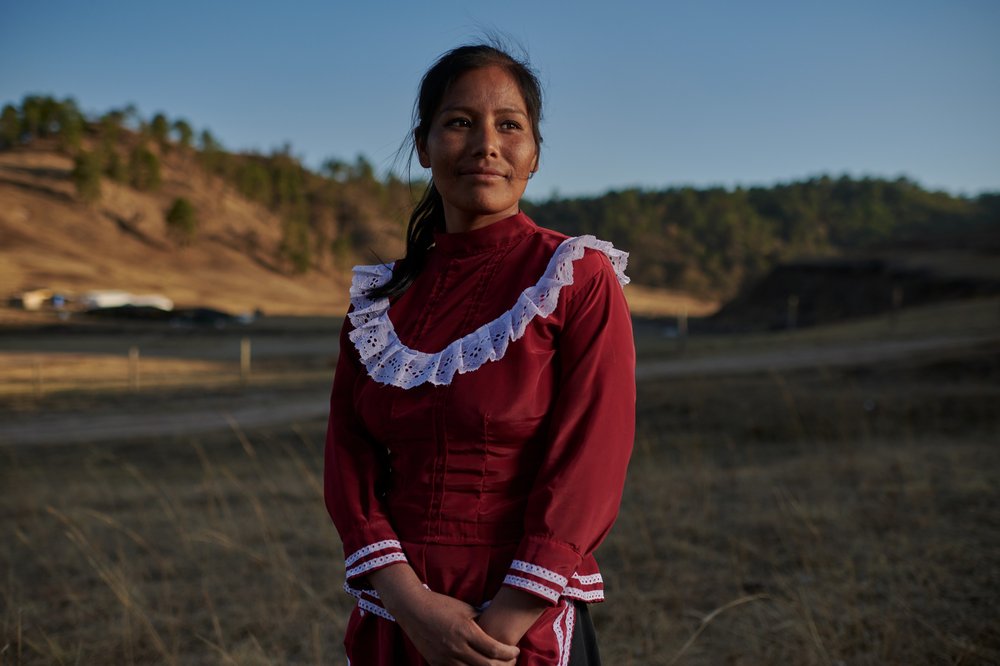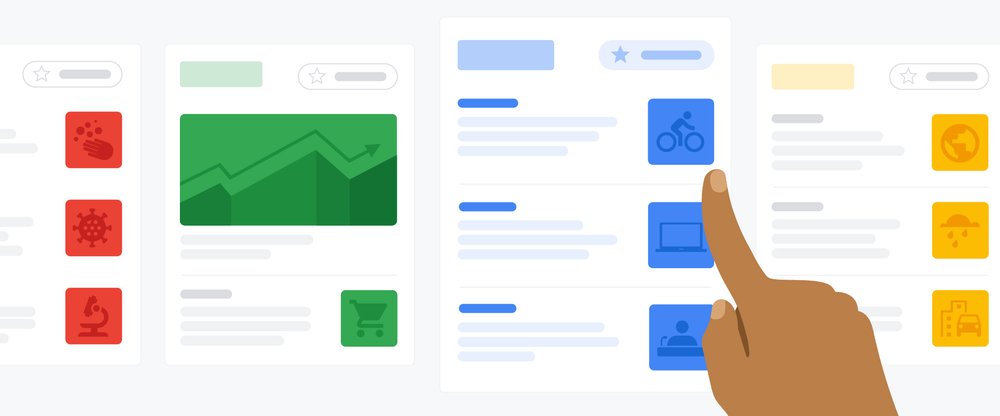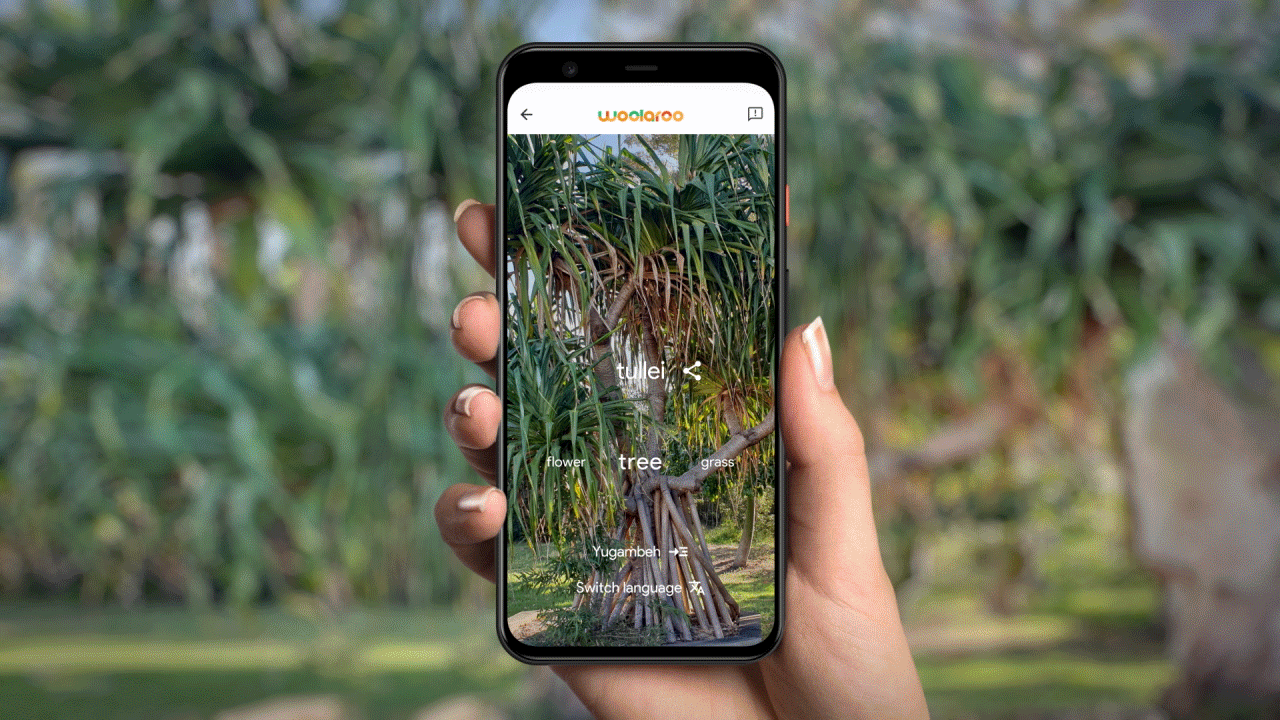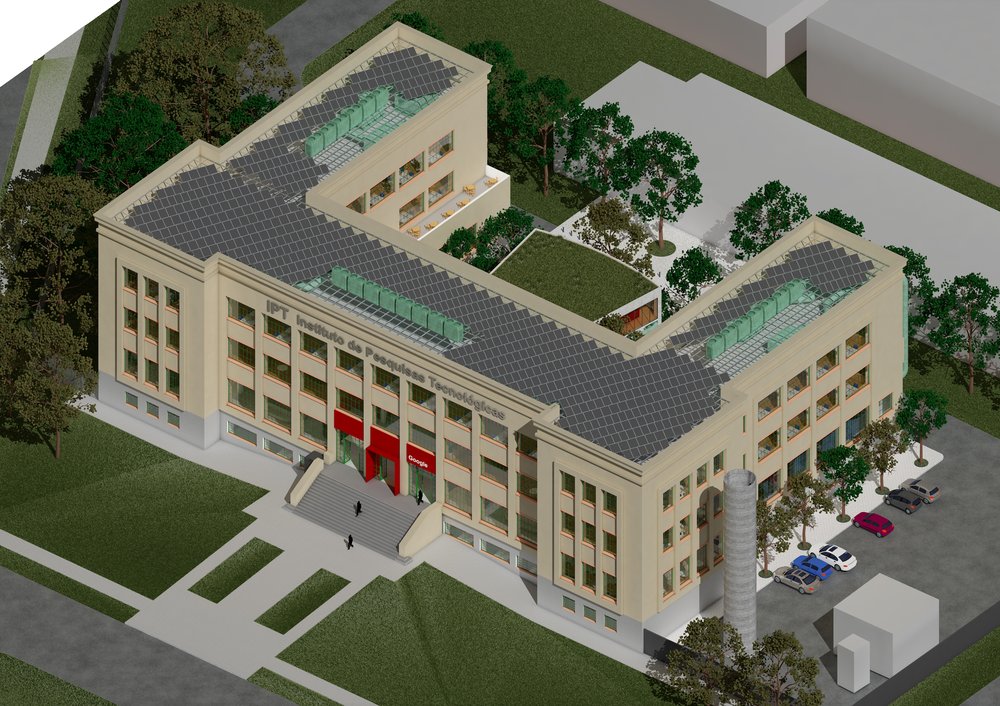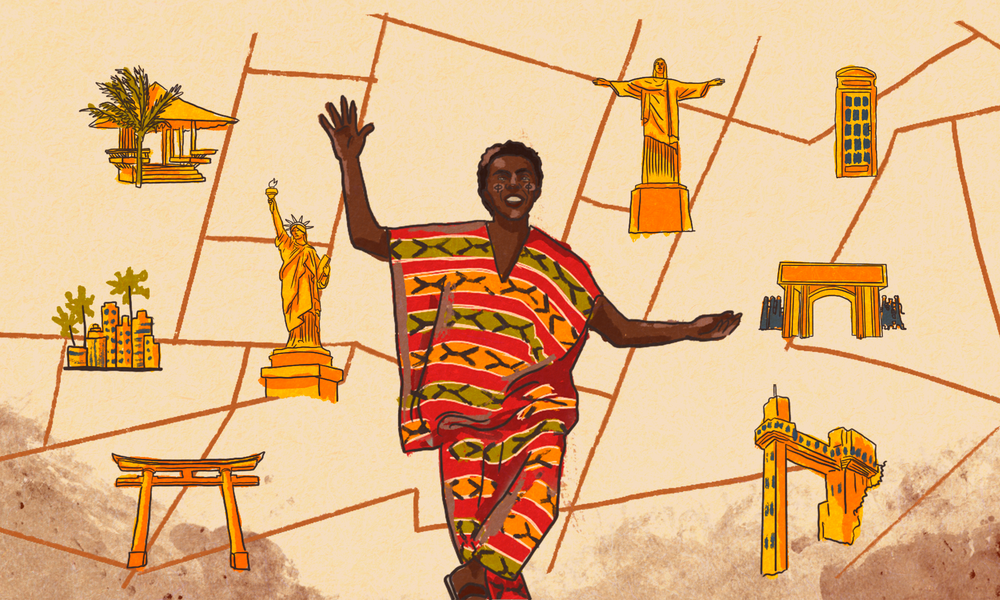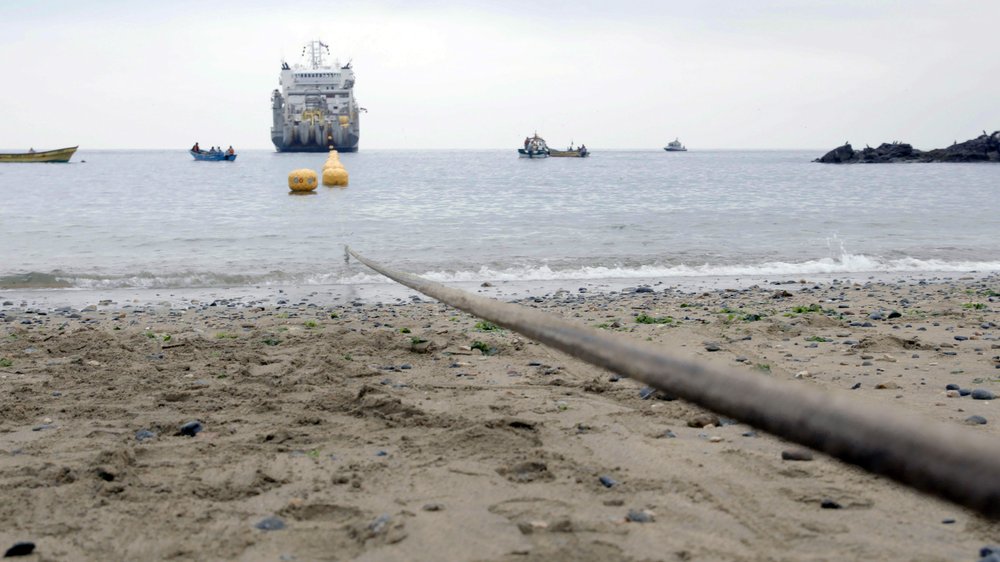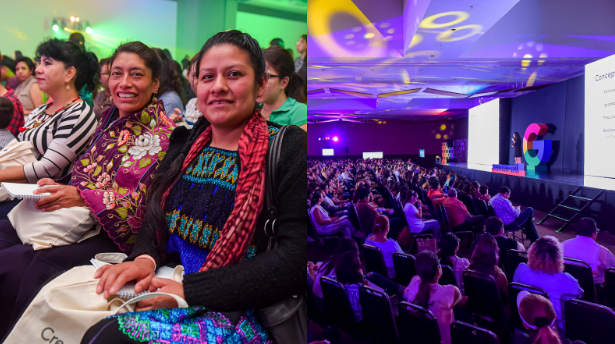Supporting startups and small businesses
There is huge momentum behind tech entrepreneurship throughout Latin America. When we opened our Google for Startups campus in Brazil in 2016, there were no “unicorns,” startups valued at $1 billion or more, in the region. Today, there are 35, including 13 unicorns that have been part of Google for Startups programs. With investment, resources and training from Google for Startups, we have supported more than 450 startups in the region. These startups have gone on to raise more than $9 billion in investments, creating 25,000 jobs.
One example is Oliver Pets, an Argentinian startup that, with support from Google for Startups, was able to launch virtual veterinary care through their app and expand to Mexico and other parts of Latin America.
We’re also seeing how our products and services are helping small businesses thrive in difficult times. When Fátima Álvarez, the co-founder of Mexican startup Someone Somewhere, closed her retail shops during the pandemic, she turned to digital tools like Google Workspace and Google Ads to keep her clothing business running online.
Building more inclusive and sustainable communities
Through our philanthropic arm, Google.org, we’ve been supporting organizations like Laboratoria in Peru, Asociación Colnodo in Colombia and Instituto Rede Mulher Empreendedora in Brazil to make sure underserved communities also benefit from digital transformation.
Today Google.org is announcing $300 million over the next five years, comprised of $50 million in cash grants and $250 million in donated ads, to support nonprofits focused on areas like sustainability and economic opportunity for women and young people. For example, a $2 million Google.org grant to Pro Mujer will help Indigenous women-led businesses in Guatemala, El Salvador and Honduras access microloans and digital skills training.
 At Google for Mexico 2023, we announced new updates in Search, Cloud, AI and Arts & Culture to benefit Mexico’s businesses, people and culture.
At Google for Mexico 2023, we announced new updates in Search, Cloud, AI and Arts & Culture to benefit Mexico’s businesses, people and culture.
 At Google for Mexico 2023, we announced new updates in Search, Cloud, AI and Arts & Culture to benefit Mexico’s businesses, people and culture.
At Google for Mexico 2023, we announced new updates in Search, Cloud, AI and Arts & Culture to benefit Mexico’s businesses, people and culture.
 At our fifth Google for Brazil event in São Paulo, we announced an Economic Impact Report, a new Cloud office and a number of local partnerships.
At our fifth Google for Brazil event in São Paulo, we announced an Economic Impact Report, a new Cloud office and a number of local partnerships.
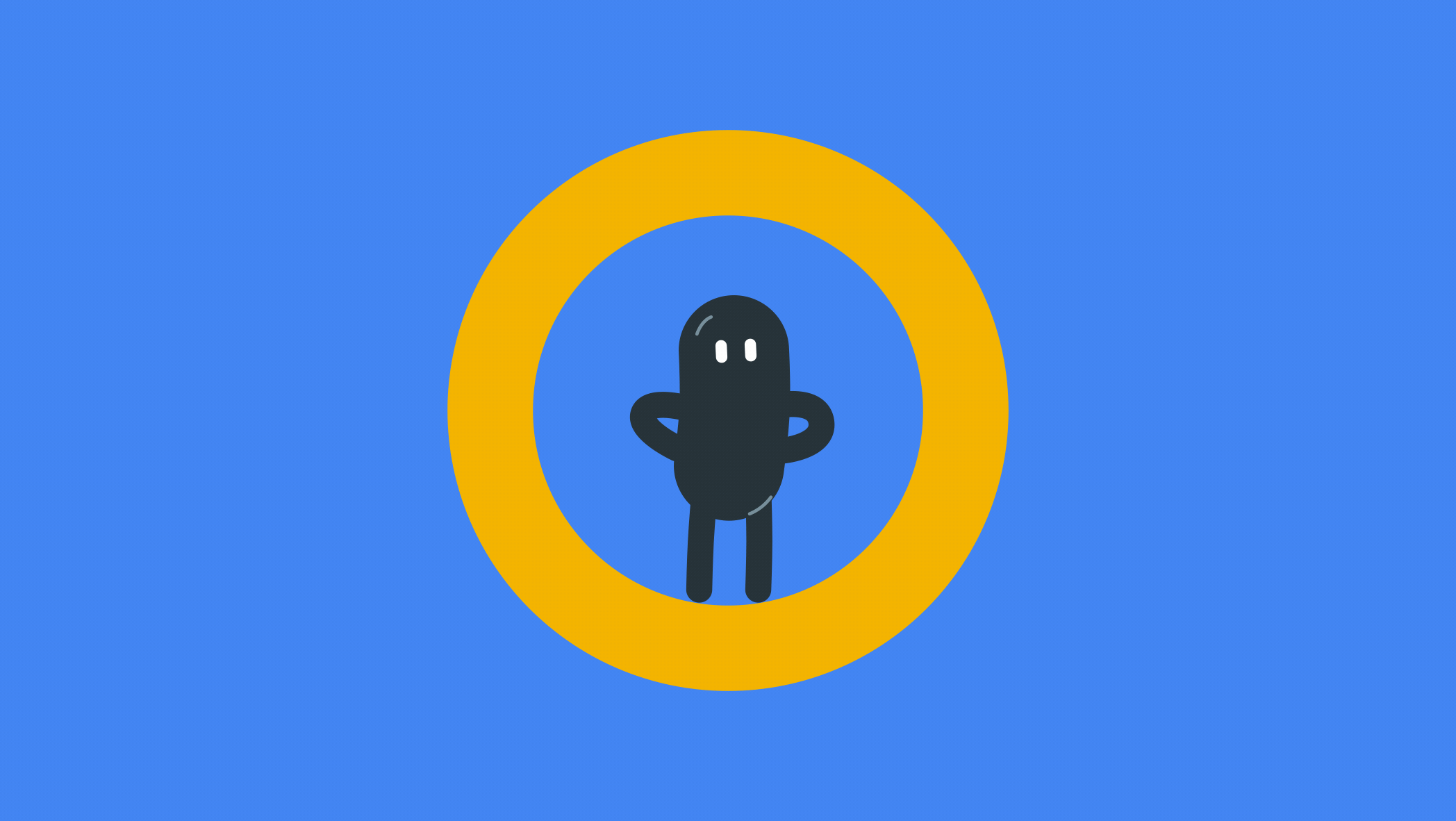 Google Play reveals the 10 recipients of the Indie Games Fund, created to support small games studios in Latin America.
Google Play reveals the 10 recipients of the Indie Games Fund, created to support small games studios in Latin America.

